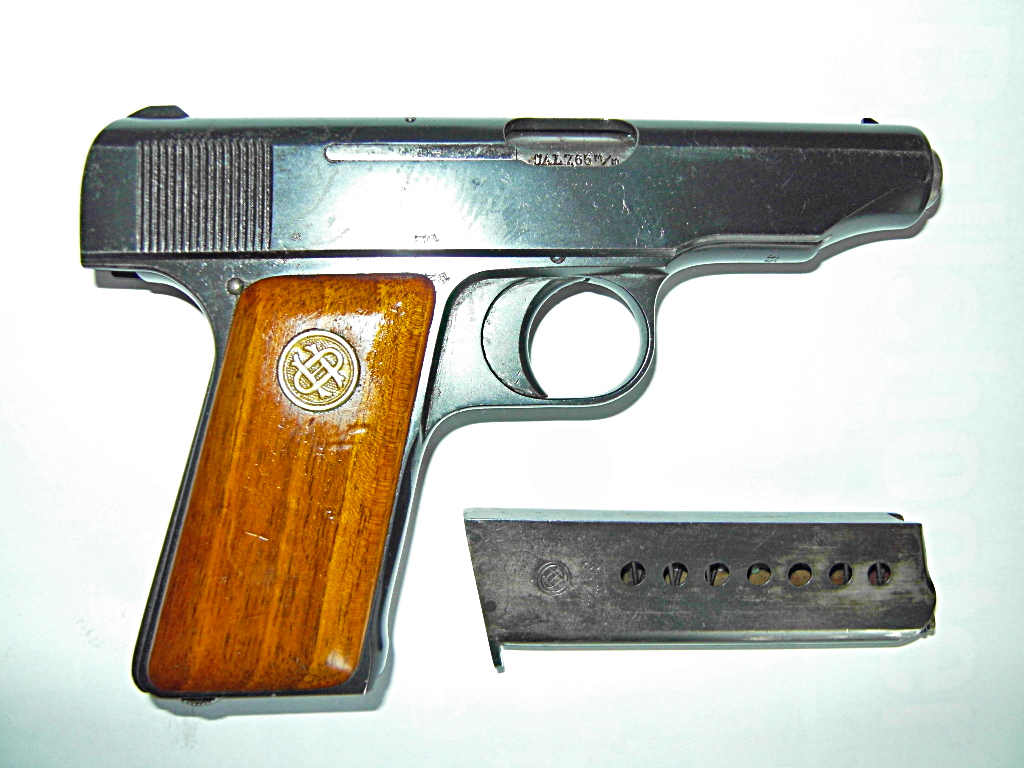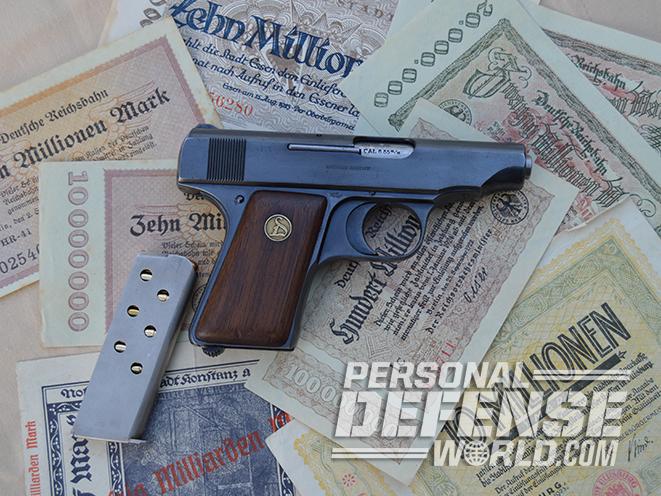

Beyond that, the Ortgies series of pistols are a common sight, and one of the best examples of the Weimar Republics attempt to save its own economy. First is the normal export, the second are GI bringbacks, as many Ortgies were brought back as trophies for those who couldn’t get Lugers, Walthers or other pistols. Production fizzled out in 1923-1924 and a lot of these guns have entered the US in two ways.

After this, Deutsche Werke would work on ship building, especially with the Nazis in the 1930′s.Īnd that’s the end of the Ortgies pistol. They had been trying to shut it down since the beginning, and ordered them to stop in 1922, which didn’t take effect until 1923. And they did not like Deutsche Werke making so many pistols in so little time. This was made to watch German arms production to make sure that they weren’t gearing up for another World War. The Versailles Treaty had established a group known as the Inter-Allied Military Control Commission. These guns were a giant success for Deutsche Werke, until the Versailles Treaty comes knocking. 25 ACP model, many ended up in the US in the 1920′s and 1930′s. Many police and security forces liked the Ortgies, the 1921 Shooting Competition had about 70% of the participants, including the champion using an Ortgies, John Dillinger’s arsenal contained a. 380 ACP models and sold them both in Germany and for export. And what they did was buy out Ortgies’s company and started cranking out pistols.įrom there, Deutsche Werke cranked out thousands of Ortgies pistols, made the. They were under direct control of the Weimar Republic government and were tasked with finding things that could be made to export and sell to help save the failing economy. Deutsche Werke were a conglomerate of various shipyards that were forced to merge together due to the Versailles Treaty. These pistols sold well and around 16,000 were made before Deutsche Werke bought out the company.ĭeutsche Werke are a name more well known for pre-WWII ship building, which makes sense. These earlier production guns can be designated by the stylized “HO” placed in the grip. He took these patents, set up shop in Erfurt, Germany and began producing pistols. Brauning was a former worker at FN and while he was there had developed a number of patents for a pistol and with no real arms needs after the war, sold them to Ortgies. While he was there, after the war he ran into a man named Carl August Brauning. Ortgies was a travelling salesman, selling pretty much whatever he could across Eastern Europe as well as serving as Diplomatic Vice-Consul for Turkey and was stationed in Liege, most likely to monitor arms development there for Turkey. So this story begins with Heinrich Ortgies, who wasn’t really a gun designer.

380 ACP pistols, these pistols tie into an elaborate attempt by the Weimar Republic to help revitalize the failing post WW1 economy. What isn’t well known is the rather odd backstory to these pistols. They are small, wonky and usually are selling for $200-300 dollars. American gunowners know the Ortgies as that weird little pocket pistol, seen in used racks and gun show cases across the 50 States. To disengage the safety, a shooter simply would squeeze the grip, pressing the lever forward and locking it flush with the back of the frame.A Perfect Day for Deutsche Werke: The backstory to the Ortgies pistol Thus, engaging the safety simultaneously reduced tension on the firing pin spring. The safety was a lever inset into the back of the grip and, with the gun cocked, forced backward out of the grip into the "safe" position by spring tension from the firing pin upon depression of a button under the slide. Unusual design features included the safety and the magazine. As in early Colt and Browning pocket pistols, the Ortgies striker also operated as an ejector as the slide traveled backwards after discharge. The hammerless action depended on a spring-loaded striker to fire the cartridge.

Metal components were forged or machined, and assembly in general made no use of screws, even securing the wooden grips with metal clips, although some examples do incorporate a single screw for that purpose. Although not expensive, at the time it was of advanced design and high quality construction with relatively few parts, well sealed against dirt. These pistols were produced in 6.35 mm, 7.65 mm, and 9 mm Kurz variants, and this one is the 7.65mm variant. Bore has strong rifling but freckling throughout. Original blue rates around 92% with the majority of finish loss on the trigger guard and underside of the frame. 5/8/19 - This is an original Ortgies semi-auto pistol that was made in about 1924.


 0 kommentar(er)
0 kommentar(er)
